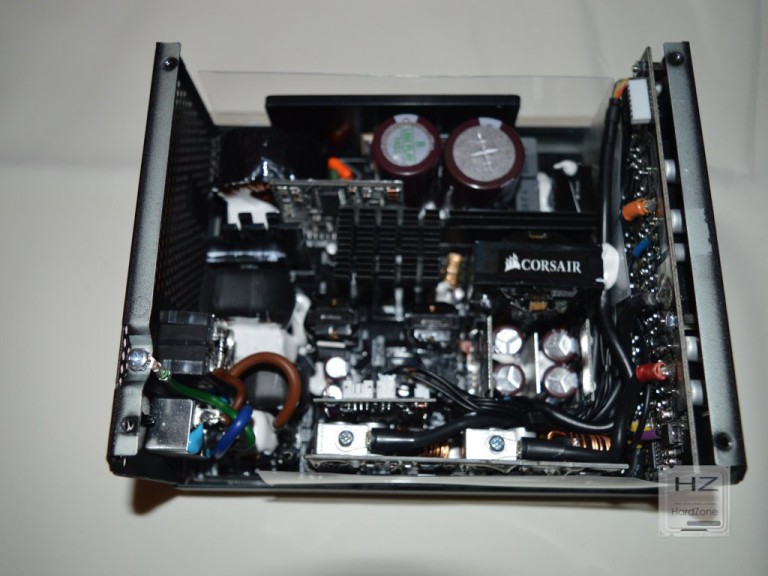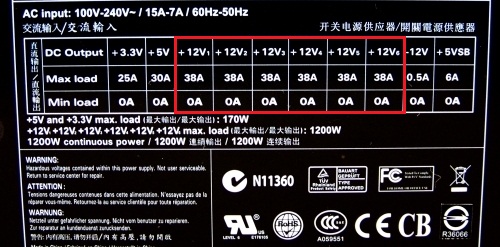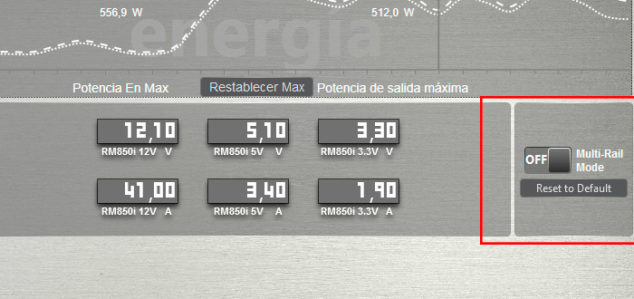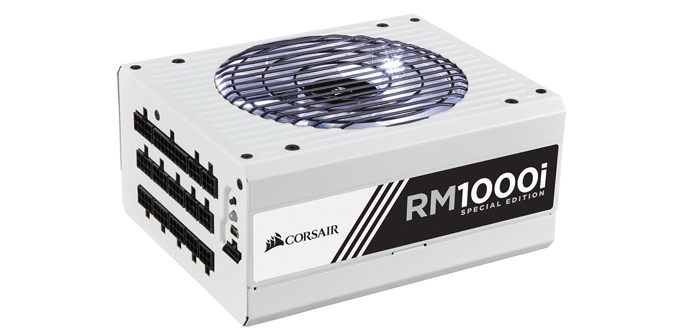Many, many times in this website have we talk about power supplies and each time, we have mention rails as something common without going to deep about them. Well, that ends with this article in which we are going to explain what rails are, how they affect PC performance and if it’s better to choose a power supply with a single and powerful rail or one with several.
In this article we’ll try to be as comprehensible as possible for people who don’t have any electronic or electrical notions, so we warn you if you do have this knowledge don’t be alarmed by seeing how rough this explanations are, since our aim is for this to be completely understandable for every user, having in mind that the purpose is to help choosing which option is more convenient whether a single rail or a multi rail power supply.
What are power supply rails?
First of all, let’s explain what a rail is. Rails are the channels through which the power supply feeds electricity to all the components in our computer. Generally we just talk about +12 V rails since these have the bigger impact in the computer but power supplies have also rails in the +3,3V y +5V channels of course.

Single Rail vs Multi Rail
Each rail of the power supply has an overcurrent protection (OCP) and is limited to one OCP per rail, this way if our power supply relies on just one +12 V rail, it will have one OCP as well. This means that everything we plug into the power supply will have the same rail and therefore just a single protection, so if any problem were to happen and the power supply protection fails, every component connected would be at risk.

In the other hand we have a multi rail power supply, which will have an OCP in each rail. So, not only can we divide the current by components (for example, on one rail the motherboard and processor, video card in another, and in a different rail hard drives) but also if something fails not every component will suffer the consequences, just the ones connected to that rail.
Pros and Cons
We’ll start by saying that you should not be alarmed; modern power supplies have lots of safeguards no matter how many rails they have. The first advantage of having a +12 V single rail power supply is that you will be able to feed more alternating current, and as you know, specially video cards need a minimum of intensity to work. For example a GTX 1080 NVIDIA graphic card needs a +12 V rail not only to provide certain power but also to supply a minimum of 30 amps of intensity.
For their part, multi rail power supplies have to divide the current intensity among these. For example, a two rail power supply capable of supplying 82 amps in the +12 V rail, will only provide 41 amps per rail. The advantage here, logically, is that we can divide the current intake by the power supply and also that each rail has its own independent OCP.
There are exceptions
Nowadays many modern power supplies are digital, such as the Corsair RM1000i that we use in our test bench. This type of power supplies –although not in all cases- have the unique ability of allowing to choose between a single rail and several, directly from the software, avoiding that way that the user has to decide when buying one. Nevertheless, this change is made digitally and the power supply only smartly distributes the charge through different rails, let’s say, virtually, not in reality (physically it only has one), and in both cases it will have the same protection circuit.、
In conclusion, which one to buy?
Here is the subjective part. In my case I have always preferred +12 V single rail power supplies since I don’t want to have to be calculating how many amps my video card needs, or the state of charge of every rail. That said, if you don’t mind that, a multi rail power supply is certainly much safer electrically speaking.
Read More:
Best PC Power Supply
